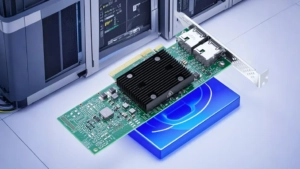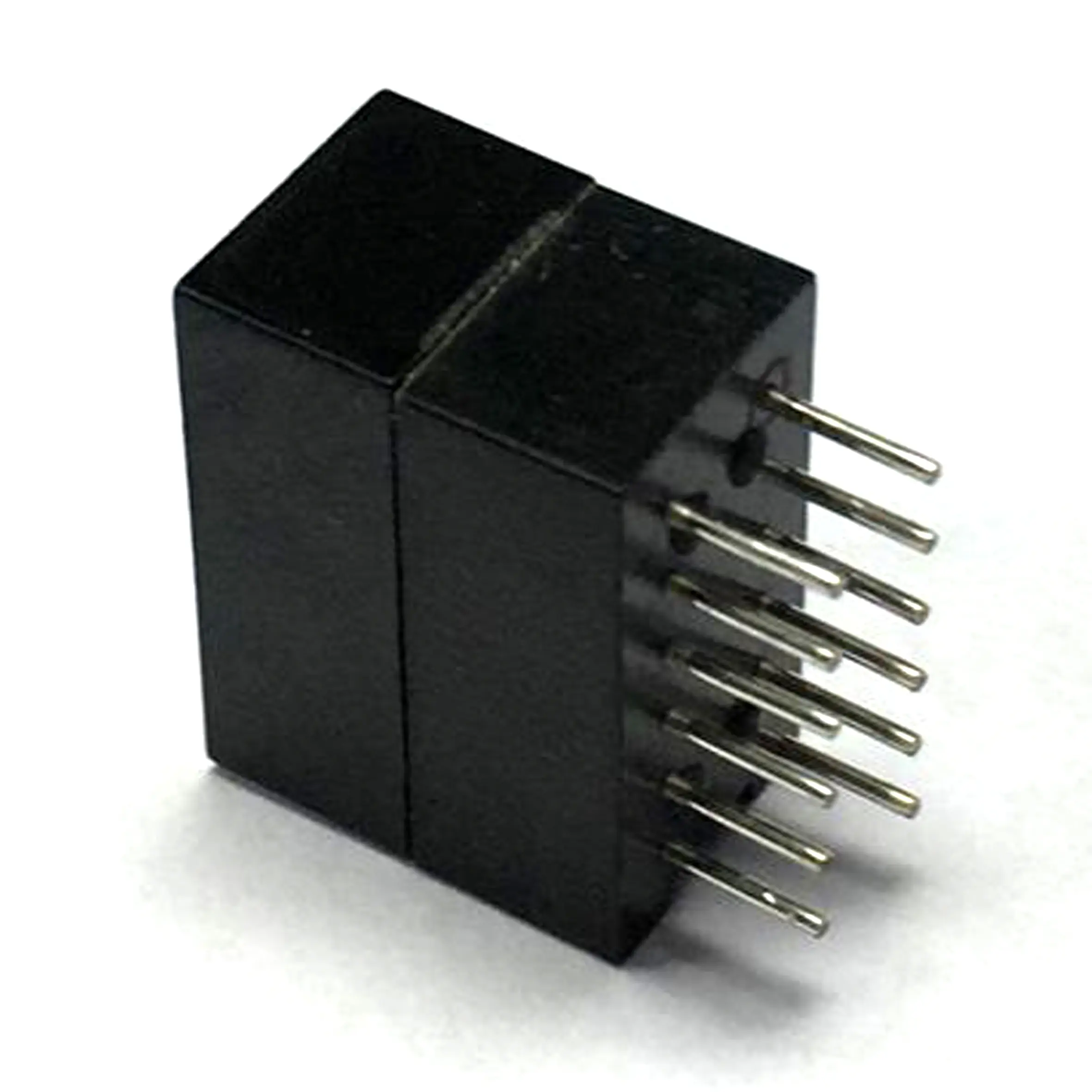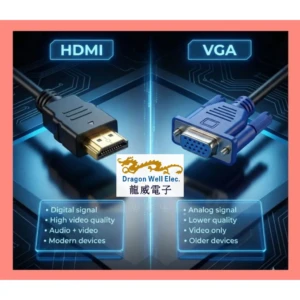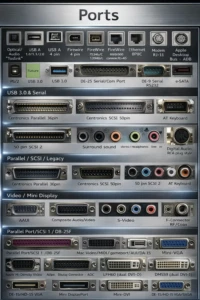Hidden accuracy in the pocket
Few technology shaped modern connectivity silently like a micro USB. Born in 2007 (the same year as the iPhone revolutionized smartphones), this humble connector is not designed for luxury, but for universality. It cuts the size of its predecessor Mini USB by 60% at just 6.85mm by 1.8mm, while doubles durability. Its standardized five-pin design has become the backbone of interoperability, quietly innovating for a decade from portable devices to luxury audio systems.
Why Micro USB exceeds its “outdated” tag
Although USB-C dominated the headlines, Micro USB still exists in unexpected spaces. Consider luxury leather products with embedded trackers, hand-intelligent home controls or retro-style audio devices, where subtle and backward compatible products exceed the demand for ultrafast charging. Its simplicity reduces component costs without compromising reliability, a key balance of HD accessories in stylish or customized technology. Dragon Well’s military-grade micro USB ports, for example, have withstood over 10,000 plugs, making them an invisible promoter of flawless user experience in designer wearables and limited edition hardware.
The nostalgic factor of high-end technology
Luxury consumers won’t chase specifications; they’re eager for narratives. Brands like Bang & Olufsen and Leica strategically retain micro USB in selected products to evoke tactile familiarity or minimalist aesthetics. A $5,000 cigar humidifier with app connectivity can prioritize discreet, toolless charging. Similarly, traditional aviation and automotive systems (both rewired fleets are very expensive) rely on industrial-grade micro USB variants. Dragon Well’s corrosion-resistant connectors are tested at -55°C to 125°C to power these hidden networks, proving that endurance trumps trends in critical applications.
Paradox of “old” technology in cutting-edge innovation
The legacy of Micro USB is also its secret weapon: simplicity creates creativity. Modular smartphones, distributed IoT sensors and satellite payloads utilize the reliability of their plug-ins for prototyping. NASA’s Cube mission uses radiation hardened micro USB boards for data transfer, because redundancy is more important than novelty when you orbit the earth. Meanwhile, Dragon Well’s R&D labs iterated on this “outdated” standard to develop gold-plated contacts for enthusiast-grade DACs and designed a flush-type design for wearables worthy of the runway.
Backward compatibility moral edge
Luxury goods increasingly represent sustainability. Micro USB’s ubiquitous e-waste reduction – consumers can revive vintage devices without hunting for proprietary chargers. Dragon Well’s partnership with the Circular Economy Platform ensures that the connectors of refurbished yacht systems or retired medical equipment find a second life in an upgraded Tech-Art installation. For an eco-conscious elite, this heritage port becomes a statement: true innovation respects the past while designing the future.
Dragon Well Electronics fueled these quiet revolutions. None of our micro USB solutions (from the moisture-proof ports of alpine gears to the 24-carat finish of high-end fashion technology) are components; they are the bridge between eras. With USB-C development, we perfected the “outdated” to meet tomorrow’s self-evident needs: uncompromising, elegant without excessive reliability. Because in luxury and heritage, what continues is not the loudest innovation, but innovation that can work well every time.
For custom connector solutions that redefine reliability, connect with Dragon Well Electronics – the legacy version is in line with unlimited innovation.








